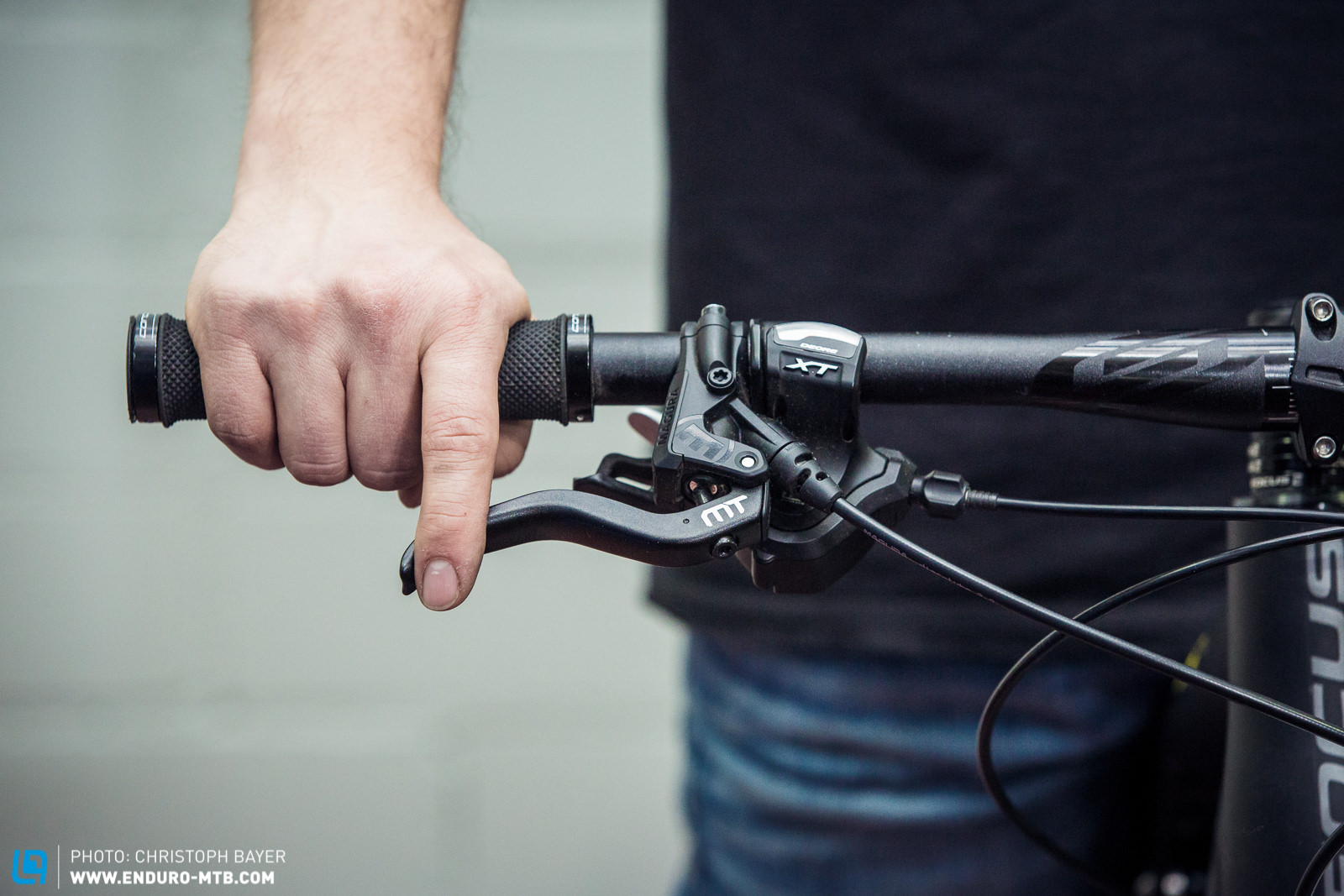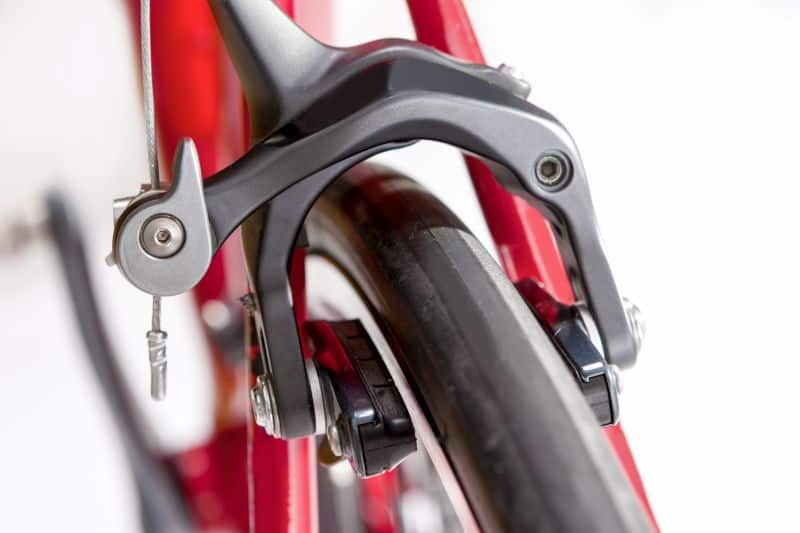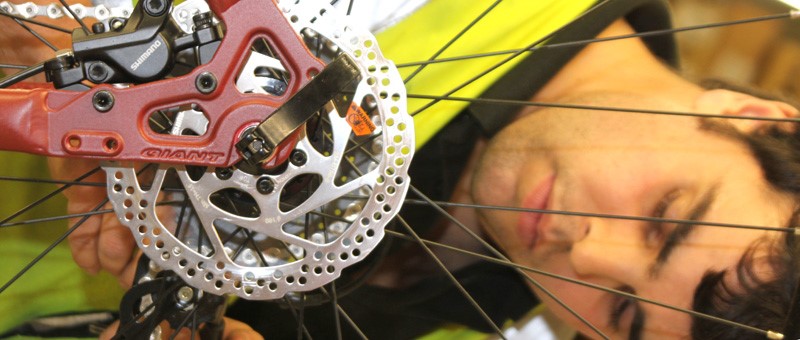Why Brake Performance Matters: Safety and Efficiency on the Trails
Mountain bike brakes are a critical component of every ride, and their proper function is essential for safety and performance. Faulty brakes can lead to accidents, injuries, and even fatalities, making regular maintenance and repair a top priority. When brakes are functioning correctly, they provide the confidence and control needed to tackle challenging trails and navigate technical terrain. On the other hand, faulty brakes can cause a range of problems, from spongy or uneven braking to complete brake failure. By understanding the importance of brake performance and learning how to fix mountain bike brakes, riders can ensure a safe and enjoyable ride.
Identifying Common Brake Issues: Symptoms and Causes
When it comes to mountain bike brakes, there are several common issues that can arise, compromising safety and performance. Spongy brakes, uneven braking, and brake fade are just a few examples of problems that can occur. Spongy brakes, characterized by a soft or mushy brake lever, are often caused by air in the brake system or worn-out brake pads. Uneven braking, where one brake is more responsive than the other, can be attributed to misaligned brake calipers or unevenly worn brake pads. Brake fade, a phenomenon where brakes lose their stopping power, is typically caused by overheating or worn-out brake pads. By understanding the symptoms and causes of these common brake issues, riders can take proactive steps to address them, learning how to fix mountain bike brakes and ensure optimal performance.
How to Inspect and Clean Your Mountain Bike Brakes
Regular inspection and cleaning of mountain bike brakes are crucial for optimal performance and safety. A clean brake system ensures that the brakes function smoothly and efficiently, allowing riders to stop confidently and control their speed. To inspect and clean your mountain bike brakes, follow these steps:
First, remove any dirt and debris from the brake calipers, brake pads, and rotors using a soft-bristled brush or a clean cloth. Next, inspect the brake pads for wear, checking for signs of excessive wear or damage. If the brake pads are worn out, replace them with new ones to ensure optimal braking performance.
After inspecting the brake pads, lubricate the moving parts of the brake system, including the brake lever pivot points and the brake caliper slides. This will help reduce friction and ensure smooth brake operation. Finally, check the brake cables and housing for signs of wear or damage, replacing them if necessary.
By following these simple steps, riders can ensure their mountain bike brakes are functioning properly, reducing the risk of brake failure and improving overall safety and performance. Remember, learning how to fix mountain bike brakes is an essential skill for any serious mountain biker, and regular inspection and cleaning are critical components of brake maintenance.
Adjusting and Aligning Your Mountain Bike Brakes for Optimal Performance
Proper adjustment and alignment of mountain bike brakes are crucial for optimal performance and safety. When brakes are misaligned or improperly adjusted, they can lead to uneven braking, reduced stopping power, and increased risk of accidents. To adjust and align your mountain bike brakes, follow these steps:
First, check the brake pad spacing to ensure it is set correctly. The brake pads should be spaced evenly and parallel to the rotor. If the brake pads are not spaced correctly, adjust them according to the manufacturer’s instructions.
Next, adjust the brake lever tension to ensure it is set to the rider’s preference. The brake lever should be firm but not too stiff, allowing for smooth and controlled braking. To adjust the brake lever tension, simply turn the adjustment barrel clockwise or counterclockwise.
Finally, align the brake calipers to ensure they are properly positioned on the rotor. The brake calipers should be centered on the rotor, with the brake pads making even contact. To align the brake calipers, loosen the caliper bolts and slide the caliper into position, then tighten the bolts securely.
By following these simple steps, riders can ensure their mountain bike brakes are properly adjusted and aligned, providing optimal performance and safety on the trails. Remember, learning how to fix mountain bike brakes is an essential skill for any serious mountain biker, and proper adjustment and alignment are critical components of brake maintenance.
Troubleshooting Common Brake Problems: Bleeding and Flushing
Even with regular maintenance, mountain bike brakes can still develop problems that affect their performance. Air in the brake system, contaminated brake fluid, and worn-out brake pads can all lead to spongy brakes, uneven braking, and brake fade. To troubleshoot these common brake problems, riders need to know how to bleed and flush their brake systems.
Bleeding the brake system involves removing air and contaminants from the brake lines and calipers. This can be done using a brake bleeding kit, which typically includes a syringe, tubing, and a bleed block. To bleed the brakes, attach the syringe to the brake caliper and slowly push the brake fluid through the system, allowing air and contaminants to escape.
Flushing the brake system is a more thorough process that involves replacing the entire brake fluid with new fluid. This is typically done when the brake fluid is contaminated or has broken down over time. To flush the brakes, attach a hose to the brake caliper and pump new brake fluid through the system, allowing the old fluid to drain out.
By learning how to fix mountain bike brakes through bleeding and flushing, riders can troubleshoot common brake problems and ensure their brakes are functioning properly. Regular bleeding and flushing can also help prevent brake problems from developing in the first place, saving riders time and money in the long run.
Remember, bleeding and flushing are advanced brake maintenance techniques that require some expertise and specialized tools. If you’re not comfortable performing these procedures yourself, it’s always best to take your bike to a professional mechanic. However, with practice and patience, riders can master these skills and keep their brakes running smoothly for years to come.
Upgrading and Replacing Mountain Bike Brake Components
Upgrading or replacing mountain bike brake components can significantly improve brake performance and overall riding experience. Whether you’re looking to upgrade to more powerful brakes or replace worn-out components, selecting the right parts for your bike is crucial.
Brake pads are a common component that needs to be replaced regularly. When choosing new brake pads, consider the type of riding you do most often. Organic brake pads are suitable for casual trail riding, while sintered metal brake pads are better suited for high-speed downhill riding.
Rotors are another critical component that can affect brake performance. Upgrading to a larger rotor can increase stopping power, while a lighter rotor can improve pedaling efficiency. When selecting a new rotor, consider the material, size, and thickness to ensure it’s compatible with your brake calipers.
Brake levers are also a key component that can be upgraded or replaced. Ergonomic brake levers can improve comfort and control, while adjustable brake levers can allow for fine-tuning of brake feel. When selecting a new brake lever, consider the material, shape, and adjustability to ensure it’s compatible with your riding style.
When upgrading or replacing brake components, it’s essential to follow proper installation procedures to ensure optimal performance and safety. Consult your bike’s manual or seek the advice of a professional mechanic if you’re unsure about the installation process.
By upgrading or replacing mountain bike brake components, riders can improve brake performance, increase confidence, and enjoy a more enjoyable riding experience. Remember, learning how to fix mountain bike brakes is an essential skill for any serious mountain biker, and upgrading or replacing brake components is a critical part of that process.
Pre-Ride Brake Checks: A Routine for Safe and Confident Riding
Before hitting the trails, it’s essential to perform a pre-ride brake check to ensure your brakes are functioning properly. A simple brake check can help prevent accidents, improve confidence, and enhance overall riding experience.
A pre-ride brake check should include a visual inspection of the brake pads, rotors, and brake levers. Check for signs of wear, damage, or contamination, and make sure all components are securely attached to the bike.
Next, perform a functional test of the brakes by applying gentle pressure to the brake levers. Check for any spongy or uneven feeling, and make sure the brakes are engaging and disengaging smoothly.
Additionally, perform a quick check of the brake fluid level and look for any signs of leakage or contamination. Top off the brake fluid as needed, and make sure the brake system is properly bled.
By incorporating a pre-ride brake check into your routine, riders can identify potential brake issues before they become major problems. This simple routine can help prevent accidents, improve confidence, and ensure a safe and enjoyable ride.
Remember, learning how to fix mountain bike brakes is an essential skill for any serious mountain biker, and performing regular pre-ride brake checks is a critical part of that process. By staying on top of brake maintenance, riders can enjoy a safer, more confident, and more enjoyable ride.
Maintenance and Repair Tips from the Pros: Expert Insights
When it comes to maintaining and repairing mountain bike brakes, experienced mechanics and riders have valuable insights to share. From tools and techniques to best practices and troubleshooting tips, these experts can help riders optimize their brake performance and stay safe on the trails.
According to professional mechanic, John Smith, “One of the most common mistakes riders make is neglecting to clean their brake pads regularly. This can lead to premature wear and reduced braking power. I recommend cleaning brake pads every 2-3 rides to ensure optimal performance.”
Rider and brake specialist, Jane Doe, emphasizes the importance of proper brake bleeding techniques. “Air in the brake system can cause spongy brakes and reduced stopping power. I recommend using a brake bleeding kit and following the manufacturer’s instructions to ensure a smooth, air-free brake system.”
For riders looking to upgrade their brake components, expert advice can be invaluable. “When selecting new brake pads, consider the type of riding you do most often,” advises mountain bike enthusiast, Bob Johnson. “Organic brake pads are suitable for casual trail riding, while sintered metal brake pads are better suited for high-speed downhill riding.”
Learning how to fix mountain bike brakes is an essential skill for any serious mountain biker. By following the tips and insights from experienced mechanics and riders, riders can optimize their brake performance, stay safe on the trails, and enjoy a more confident and enjoyable ride.
Remember, regular maintenance and repair are critical to ensuring optimal brake performance. By staying on top of brake maintenance and seeking expert advice when needed, riders can enjoy a safer, more confident, and more enjoyable ride.








